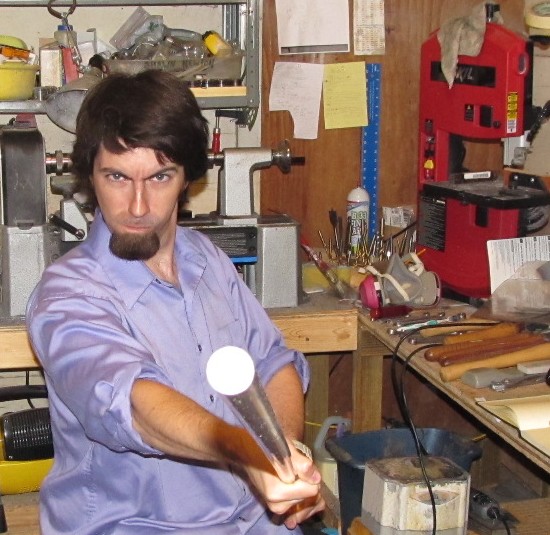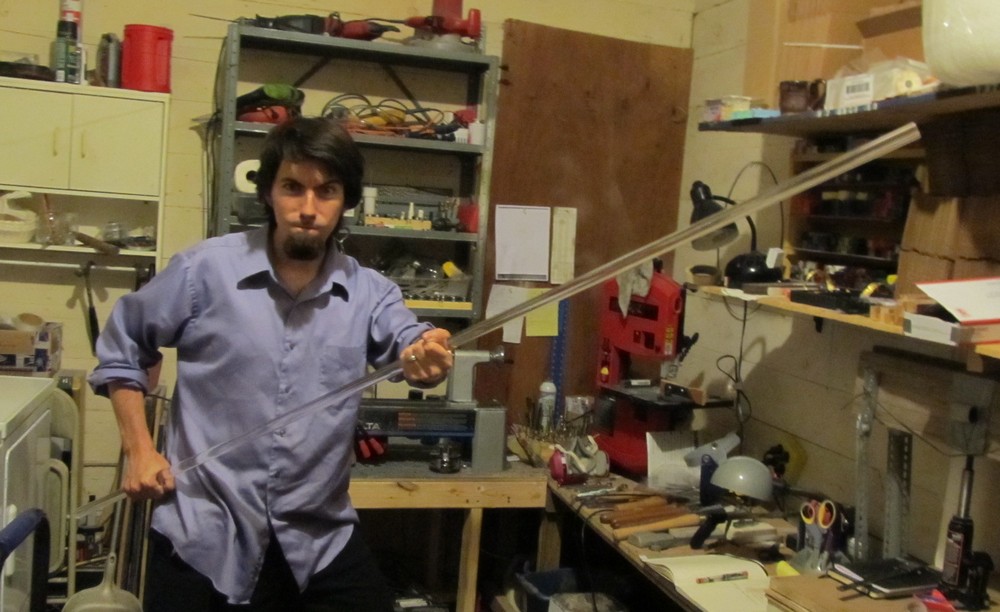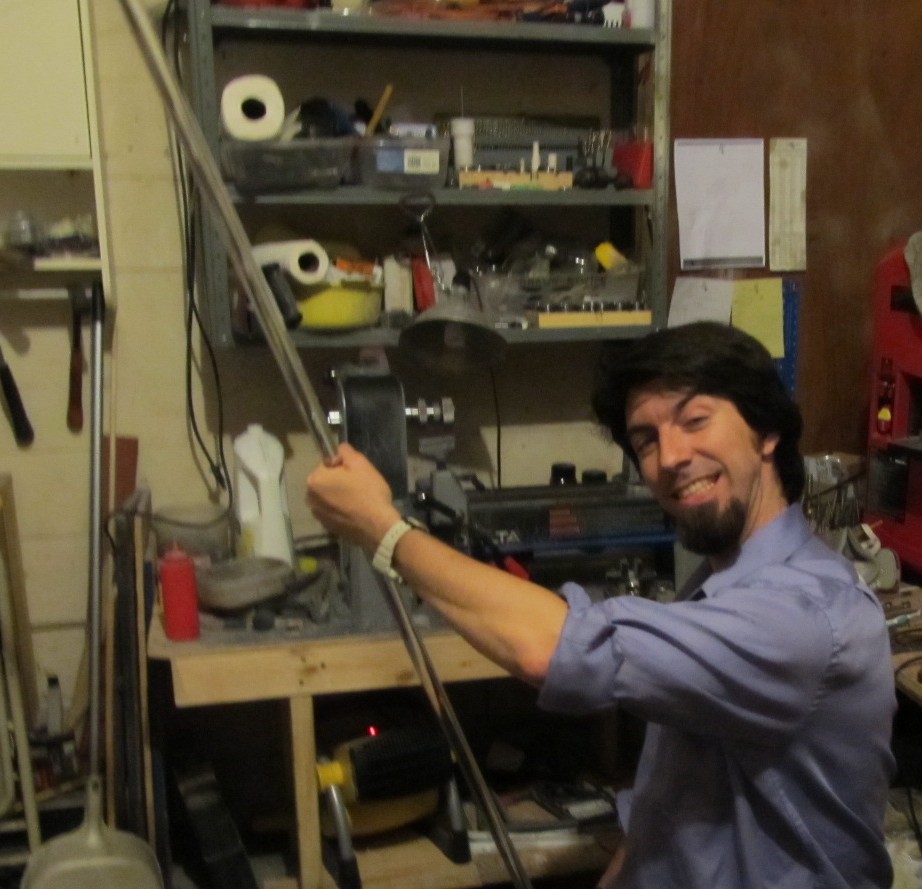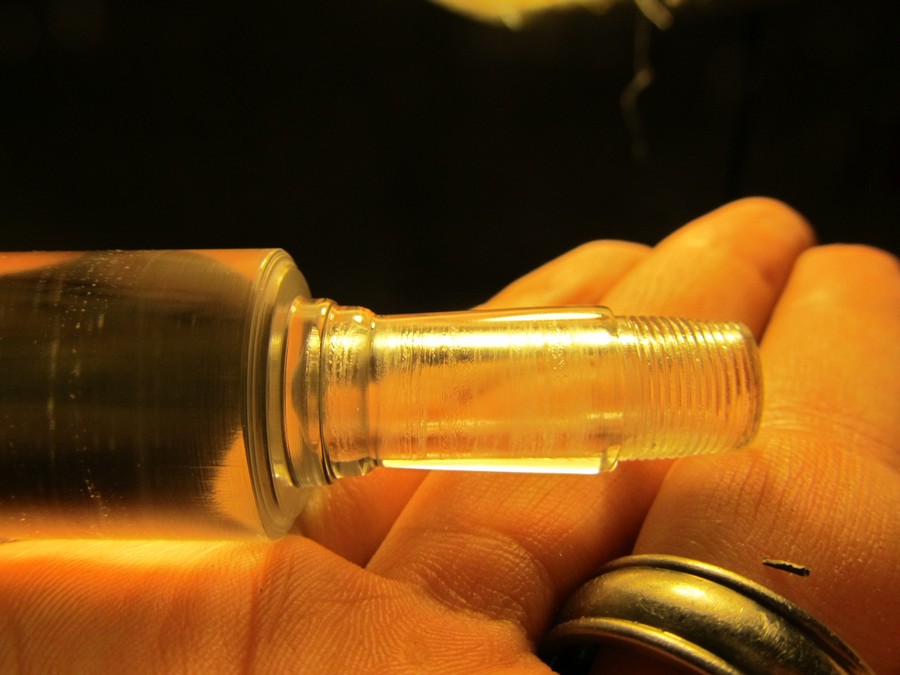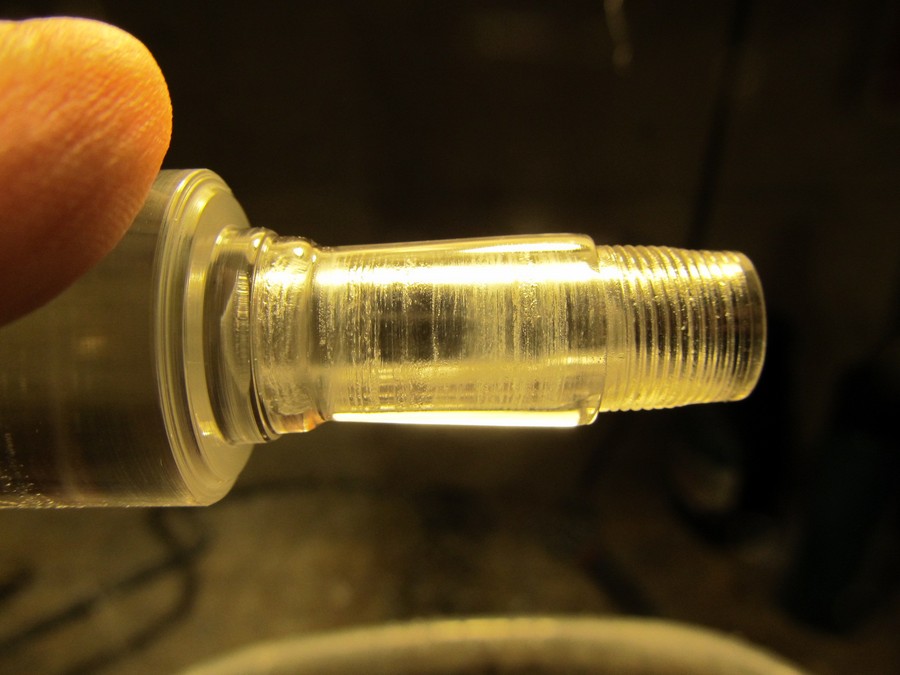I need to learn to sharpen my gouges!

That carbide tool just doesn't cut it. Hehehe... I made a pun.
Google it. Tons of ways to skin this cat. Find the method that works for you. I have learned that there is a cost/labor ratio involved.
Personally, I find that using stones (Oil, Water, Diamond) is the least expensive method for the long term. Middle ground for getting started as good stones aren't cheap but are still cheaper than slow speed grinder and various jigs. The trade off is in the labor. Getting the the right profile will definitely take longer using just stones. Once the profile is set though, maintaining the edge is actually quite easy. and overall there is less wear/metal removal from the chisels and almost no consumable cost. If you use oil stones, you will eventually need to buy oil.
Scary Sharp using sand paper is least expensive up front, but the consumable cost in sand paper can mount up. About the same labor trade off as Stones and again the consumable cost. This also very friendly to the long term life of the tool.
Various powered sharpening/grinding systems WS 3000, wolverine jig with grinder, slow speed grinder, disc/strip sanders etc. These cost the most up front and will wear the tool faster because they remove more material from the tool. Heat can also be an issue with powered grinding systems. These systems are faster and less labor intensive.
Again, experiment, find what works best for you, and then stick to it and master that skill. I use a strip sander for removing nicks and setting the profile if needed and then sharpen and hone using oil stones.
Ultimately sharpening is much like polishing a pen. Use successively finer abrasives to remove scratches and refine the edge. The finer that edge, the sharper your tool is. The hardest part is getting the initial profile and then you just follow that profile through the grits.
Using any tool is much more enjoyable when it is properly maintained.
Terry
